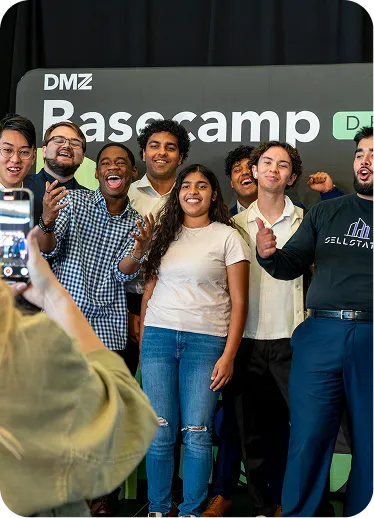For many, it serves as an inspiration and more importantly a peek into what the near future might offer. Everything from smartwatches to relatable robots can arguably be traced back to a fictional piece of work.
Thankfully technology moves at breakneck speeds and what was once considered impossible has quickly become reality. If you've ever wanted your very own hoverboard or a robotic servant to call your own, you're in luck. Here are some of the best fiction-influenced technologies that now exist.
Hoverboards
Fans of Marty McFly - the wonder kid from Back to the Future - can finally rejoice. The hoverboard that helped propel the smart-talking, wise-cracking teen to new heights is now a reality. In 2015, car company Lexus introduced its own version of the device that relies on "magnetic levitation" (read: magnets that repel gravity) to achieve lift-off.
Since then other companies have stepped up and created their own. U.S. startup Hendo Hoverboards introduced the world to its first levitating device on Kickstarter two years ago and since then has launched four different versions of the board that look and move like a traditional skateboard.
Embeddable microchips
In most dystopian movies, GPS-tracking microchips are tools oft used for nefarious reasons. Bad guys inject the tiny, plastic devices at underneath the skin of the heroic protagonist (or protagonists) in an attempt to track, manipulate and in some cases even kill. Thankfully, in real life, things aren't so bad.
While tech startups (and a few forward-thinking innovators) have long flirted with the idea of embeddable tracking technology it's only in recent years that it's become a real possibility.
Wisconsin-based Three Square Market is one of the first in North America to provide its employees with tracking chips that allow them to enter and exit a building at will and make cashless purchases from company kiosks. The devices, the size of a single grain of rice, use radio-frequency identification (RFID) -- the same technology found in key fobs and smart wristbands. While Three Square Market's chips don't include in-depth tracking by choice the Swedish company -- called Biohax International -- behind the device does include that feature in its other smart embeddable products.
The Jetson's 'Rosie the Robot'
Robots are all too often employed by Hollywood as a way to demonstrate just how modern and advanced a society is without being explicit. It's a popular trope that can be found in Star Trek's Data, Ava from Ex-Machina and even Arnold Schwarzenegger's character in The Terminator. While the characters from our favourite science fiction novels aren't feasible just yet, several companies have figured out a way to emulate some of their best features.
Sophia, a humanoid robot created by Hanson robotics, is as close as it gets to a Rosie from The Jetsons. She can converse in up to 20 languages, easily mimic human emotions, clean and respond to questions in real-time. Her skills have even garnered her a vocal and enthusiastic following online and since being launched last year has appeared at the UN, Jimmy Kimmel Live and CNBC.
Driverless cars
Hiring a human driver is so passé. If science-fiction movies are to be believed the best way to travel is with an artificially intelligent and self-aware driver behind the wheel. Knight Rider's Michael Arthur Long and his trusty sidekick -- the smooth-sounding Pontiac Firebird Trans Am -- were for many the epitome for what a smart car should act like.
The growing roster of driverless cars on the market, unfortunately, lack the spunk found in KITT (the affectionate nickname for the car) but they do showcase some of the basics that consumers will likely want in a vehicle.
Google, one of the top companies in the AI driving market, has seen its cars rack up a total of three million self-driving miles so far. It's autonomous fleet rely on sensors to differentiate between pedestrians, other cars and cyclists and can transport individuals to their chosen destination, just like KITT.


.webp)




